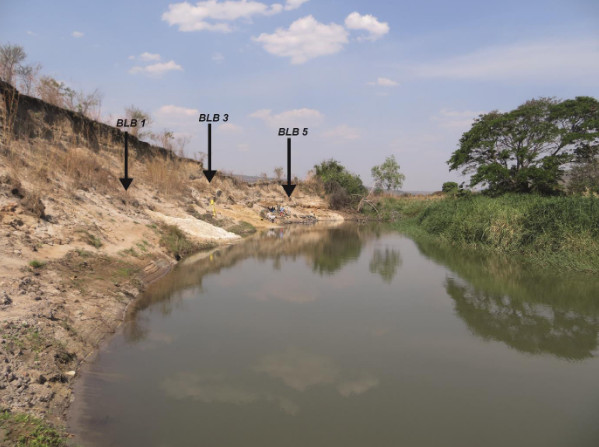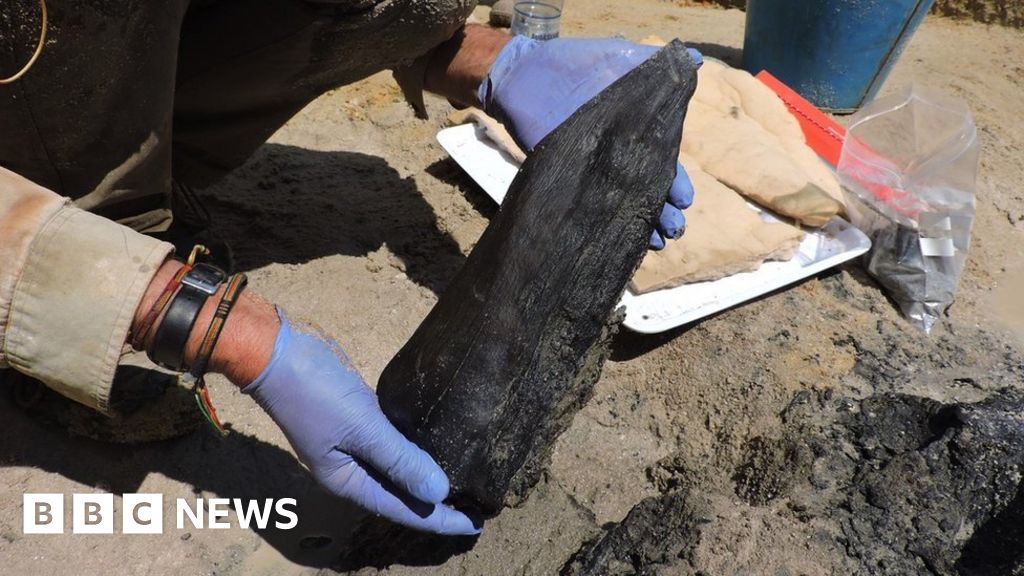- cross-posted to:
- [email protected]
- [email protected]
- cross-posted to:
- [email protected]
- [email protected]
If this pans out it’ll be insane.
It seems silly to me for us to assume that we’re the only hominids that built nests and that we assume these nests are a new thing.
We miss the forest for the trees when we think things like housing set us apart. Animals build complex housing, insects do as well. Tool use is evidenced far before this time, so what nuanced element of tool use makes hominids so different? What is the thing that is driving how we approach those tools? Some may say art, some say a calculating science… but still, those may also be symptoms of something else.
Forget nests, humans and their ancestors have clearly had many thousands of years of building things based on our physiological traits of standing upright and dexterous hands. Standing upright means we are open and visible, so we would need shelter and being long distance travelers that aren’t huge and tough like cattle we would need the ability to build as needed. Having dexterous hands is mostly an advantage when we use them to make things, so early hominids having opposable thumbs suggests that it was an advantage tied to something like tool creation.
So while the not too distant ice age wiped out most evidence of human culture over 20k or so years ago, it is extremely likely that humanity has been building complex and creative structures for hundreds of thousands of years that has been lost to time. Not to mention the widespread megalithic structures all over the world that suggest a long history of building being widespread cultural knowledge.
Not like ancient aliens lost sci-fi tech bullshit. Just regular old human ingenuity that has helped us live in every climate zone and survive ice ages without needing do develop fur coats like kiss mammals. We have been making our fur coats and shelters and tools for all of those millenia.
This is the best summary I could come up with:
The University of Liverpool scientist leads the Deep Roots of Humanity research project, which excavated and analysed the ancient timber.
Team member Perrice Nkombwe, from the Livingstone Museum, in Zambia, said: "I was amazed to know that woodworking was such a deep-rooted tradition.
Until now, evidence for the human use of wood has been limited to making fire and crafting tools such as digging sticks and spears.
Grains of rock absorb natural radioactivity from the environment over time - essentially charging up like tiny batteries, as Prof Duller put it.
“With this discovery, we hope to enrich our collection and use the finds to inform the interpretation of the woodworking tradition in Zambia,” Ms Nkombwe said.
Continuing the work at the Kalambo Falls site, she added, “has the potential to deepen our knowledge of ancient woodworking techniques, craftsmanship, and human interactions with the environment”.
The original article contains 652 words, the summary contains 144 words. Saved 78%. I’m a bot and I’m open source!
That was very interesting. I wonder if it proves to be indicative of a broader practice and skillset during that time or the work of a single exceptional individual well ahead of their time.
I don’t know why that picture of a scientist with arms folded smugly next to Lincoln Logs is so funny in context.
When it comes to pre-dating wood, do they do a carbon date on the material or cross relate the building designs matched to other structures in different material?
Edit: ignore me. I oopsed. They did luminescence dating.
Wood is decent for C14 dating, especially when you’re looking for range finder metrics. They likely took a direct sample. There’s not really a lot of comparable material this old, mostly just due to the slow grind of time. C14 is calibrated on tree rings, so that’s a likely next step for fine tuning the dating.Interesting, I didn’t think of the tree rings for fine tuning.
https://www.youtube.com/watch?v=xcib9Fnv7-Y
Crash course in under 3 min.
How could carbon-14 possibly work for anything half a million years old? That’s 87 half-lives!
Ha, you’re right. Totally forgot there’s that upper limit (To be fair I don’t really do anything with stuff that old and I’m having waiting for dinner scatterbrains. :) ) . Going to have to dive into the paper I guess!
https://www.nature.com/articles/s41586-023-06557-9
Looks like they did luminescence. More about that here: https://projects.arch.ox.ac.uk/luminescence.html
Aha! The supplemental materials contain all the interesting stuff, like some cool photos of the excavation site:

And section 2 goes into details about how the soil samples were collected and prepared for luminescence measurement, including keeping them in the dark/under red light lab room conditions while they were washed in acid for 3 days, before shining a laser on them. They even stuck gamma radiation probes into the holes they dug the samples from to measure the current background radiation levels there.
Interestingly in their calculation, only 5% of radiation comes from cosmic rays, and 95% from decay of nearby radioisotopes of uranium, thorium, and potassium. They were worried whether cyclical sedimentation/erosion activity of the adjacent river would change the thickness of the soil overlying the archeological site, thus affecting amount of cosmic radiation reaching it. Turns out for the final age calculation it didn’t make much of a difference whether the soil was usually 5 meters thick or 10.
I would still need to read the reference papers to figure out how accumulated radiation is related to luminescence under a laser in the first place.
Ohhh is this the technique where they line up the tree rings with known climate events? It’s certainly cool how many different methods they come up with to date things, although judging by the small size of those logs it doesn’t seem like they would have very many years to work with.
Rangefinding helps narrow the window of the known sequence of signals recorded in rings. Check out the video I linked.
The article says they used luminescence dating to measure the amount of radiation the surrounding soil had soaked up over time:
Grains of rock absorb natural radioactivity from the environment over time - essentially charging up like tiny batteries, as Prof Duller put it.
And that radioactivity can be released and measured by heating up the grains and analysing the light emitted.







